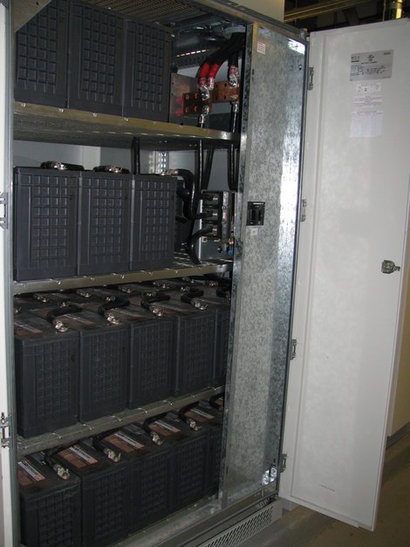
The company has produced a whitepaper with independent test results in order to demonstrate the potential of the material to increase battery life, battery efficiency and charge acceptance. These are critical performance parameters needed for stop/start and mild hybrid vehicles as well as other lead battery applications. The global lead battery market is expected to reach $84.46 billion by 2025 according to market research firm Grand View Research.
“Tydrolyte is a novel innovative chemistry and a promising new approach to advancing lead batteries” said Paul Bundschuh, CEO Tydrolyte LLC. “It eliminates the drawbacks of handling sulfuric acid including safety, storage, disposal and insurance. Even more importantly, initial tests demonstrate that it may improve some critical performance parameters. Another benefit is that as a drop-in replacement the new electrolyte doesn’t require any change in existing paste recipes, production technology, or equipment, so battery manufacturers can switch to it easily.”
Dr. Boris Monahov, PhD, programme manager at the Advanced Lead-Acid Battery Consortium (ALABC), added that in spite of its historic success, many aspects of lead battery chemistry are not fully understood, and this provides a significant opportunity to further enhance the performance of world’s most popular rechargeable battery technology.
“There is a bright future for the lead battery, but it is essential that the industry continues to drive innovation to meet future market requirements. We look forward to working with Tydrolyte in the future” Dr Monahov said.
The lead–acid battery consisting of lead, lead oxide, and a sulfuric acid electrolyte was invented in 1859 by French physicist Gaston Planté and is the oldest type of rechargeable battery. Lead batteries have been and continue to be the most popular rechargeable battery with over 400 GWh shipped annually according to market research firm Avicenne Energy. This is equivalent to over 400 giga-factories of established capacity spread throughout world.
Lead batteries are one of the world’s most environmentally sustainable industrial products. 100 percent of lead battery material is recyclable, and in the U.S. and Western Europe, 99 percent of lead batteries are recycled, achieving the designation of the world’s most recycled product. The entire lead battery circular economy including manufacturing, consumer product, and post-consumer recycling is accomplished with minimal human exposure to lead materials.
Tydrolyte will be at the 16th European Lead Battery Conference and Exhibition Sept. 4-7 in Vienna, Austria and at The Battery Show Sept. 11-14 in Novi, Michigan.
For additional information:

